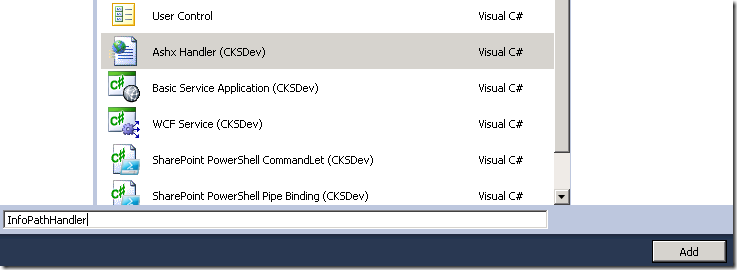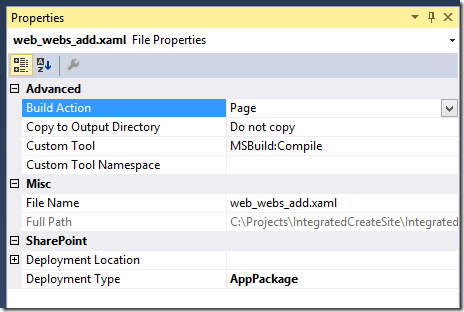TypeScript Definition file for SPServices v0.1
/
Here's something I have wanted to write for a long time, both as Thank-You to Marc Anderson's work on SPServices, as well as for personal learning of the TypeScript language.
Adding TypeScript Definition reference:
$().sp (intellisense)
$().SPServices.defaults.cacheXML
$().SPServices.Version()
$().SPServices.SPCascadeDropdowns({ ... })
And one more.
$().SPServices({ ... })
Syntax Error Detection that TypeScript does so well.
Except for the error message.
Repeat after me in a ROBOT way. "String is missing apply from type Function".
What it means is I was expecting a function why did I find a string.
And because Javascript can be surprisingly retarded, TypeScript tries to accommodate and wonders: perhaps this string is a function in disguise - so let me look for the apply method on this object. NOPE. It is not a function. /s
Bonus. TypeScript understands SPServices returns a JQueryXHR promise object.
Wait. Where's all the other methods?
This is v0.1...
Download
Also, how do I get this into Marc's repo?

















